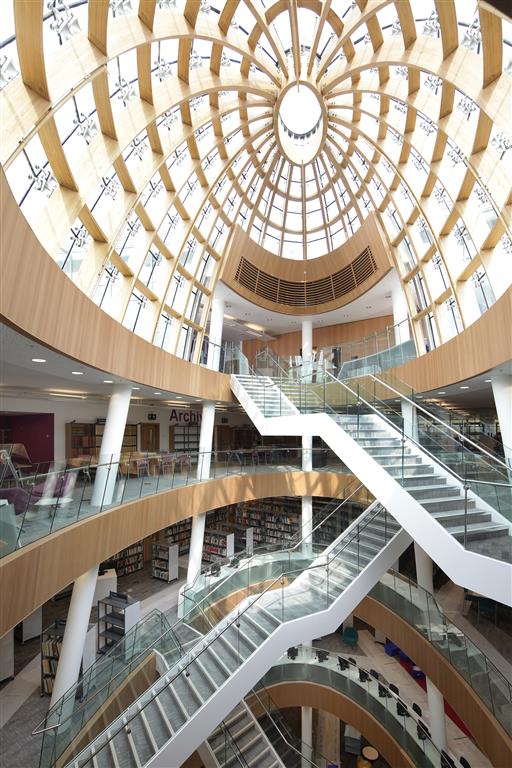Liverpool Record Office preserves and provides access to a large and diverse collection of records that evidence life in Liverpool, both past and present. You can browse our born digital archive content and digital copies of some of our unique and fascinating archive material in the LRO Digital Archive. Digital preservation lies at the heart of Liverpool Record Office, which means we are able to protect and preserve our digital content for the long term just as we have been doing with our paper records for many years.
Digital collections featured in the LRO Digital Archive are provided to the general public for educational and scholarly use only. Please get in touch regarding permissions to reproduce any content featured on this site.
While preparing these collections, every effort is made to ensure we have the appropriate rights to provide online access to these materials. We operate a take down policy so if you are concerned that material has appeared without permission please let us know.
To get in touch with the Archives team please email archives@liverpool.gov.uk


